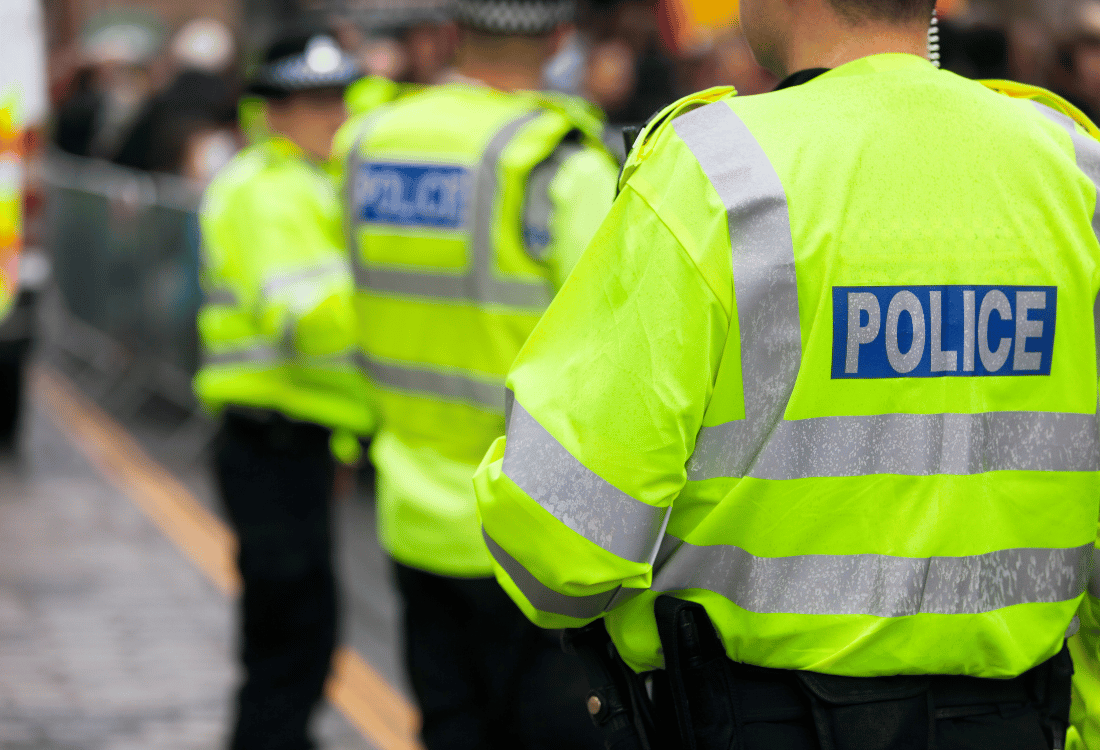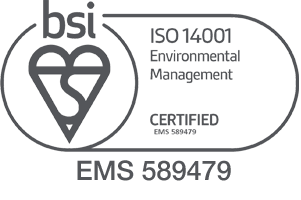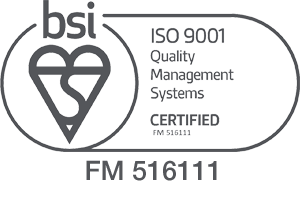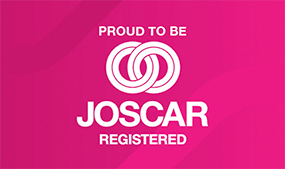
30/04/2025
Is your equipment functional for first responders to perform primary triage?
While police officers are not medical professionals, they are often the first responders to arrive at an emergency scene and will need to conduct primary triage. Officers must quickly assess a situation to identify the severity of injuries and determine the priority of care for casualties until ambulances and other response teams arrive without detracting from their public order and crime prevention responsibilities.
It is, therefore, essential that your triage equipment is easy for police first responders to use. In this article, we will help answer three important questions to help you select the best equipment for your team:
1.Will the equipment be available when needed?
Equipment design and size must be compatible with the equipment that the officer already carries.
Police officers typically do not perform triage. However, multiple casualty incidents (MCIs) can occur unexpectedly, necessitating immediate access to triage equipment. Therefore, the size and shape of such equipment are crucial factors in its selection.
A triage tool must integrate seamlessly with existing police gear without significantly adding to the weight. It should be portable and not interfere with routine operations. If the equipment design is incompatible with an officer’s daily load, there is a higher risk that essential triage tools will be unavailable during an incident, leading to delayed triage.
Triage slap bands are a good example of this. While commonly used by ambulance crews, they are not practical for police officers because their length – often 30 cm or more – makes them difficult to include within normal load carrying methods. A better choice is our SmartTriage™ First Response, which is small enough to carry within standard operational kits.
2. Will the equipment be fully functional when required to work?
Your equipment must be seen, stay on the casualty, and function with limited operator fine motor skills.
By its nature, the scene of a multiple casualty incident is a tough test for any equipment to function adequately. Your choice must consider the pressures the environment could present and ensure that the equipment will function under adverse circumstances.
The fine motor skills of the operator are often impaired during triage under these conditions, caused by the presence of bulky gloves or an adrenaline surge causing shaking hands. Many officers will not have experienced a comparable situation outside of training, so may also be experiencing high stress. This can reduce concentration and make mistakes more likely.
A triage tool should be easy to use to avoid delays and mistakes. For instance, with most triage tape products, the operator has to tie a knot to secure the item. This may be achievable in a warm classroom, but in the cold stress of a first response MCI, the simple action of tying a knot around a casualty’s limb can be problematic for people without extensive real-world experience or stress testing.
Triage equipment ceases to be fit for purpose if there is a risk it will fall off the injured person. Slap bands also have a history of not being secure, which can be worsened when heavy clothing is worn, or the slap band does not fit the circumference of the limb it is attached to. To avoid this, consider using specially designed triage tools such as SmartTriage™ First Response to maximise ease of use and effectiveness.
3. Will the equipment work with the skills of the personnel using them?
Your equipment must function within the skill set and experience of the person using it.
The UK’s primary care triage guidelines have undergone significant development with the adoption of Ten Second Triage (TST) and the Major Incident Triage Tool (MITT) in April 2023. The tools are designed to help emergency responders rapidly assess and prioritise patients during major incidents, but they also mean that the task of triage now sometimes devolves to non-clinical personnel such as police, fire officers, and private security guards.
Any triage tools you choose must be straightforward to use by colleagues whose primary role is not medical. Their knowledge of triage and how to carry it out may be something they’ve only competed in a class, if at all. In other words, the question to ask is ‘how simple and functional is the equipment to use?’
A first responder will only normally have to carry out the initial 10 second assessment. For this they will need a simple and easy-to-use triage tool, such as the SmartTriage™ First Response. The advanced features and additional information included with some triage systems are not necessary and could create confusion in emergency situations – these are best deployed with professional medical providers.
4. Next steps
Equipping your police officers with the optimal triage tools to use during a multiple casualty incident is crucial for the two functions of a first responder: to minimise suffering and maximise survival rates. Considering the three questions in this article will help you make an informed and correct selection for your force.
SmartTriage™ First Response is used by police and security organisations around the world, and is designed to be fast and straightforward to use with minimal training and experience.
“The way the SmartTriage™ has evolved has shown thought and analysis of what is needed by the end user... but, more importantly, it is part of a systematic approach... I found that you had the proper mixture of a product that was capable of evolving as needed.”
James Soto, Associate Director - Disaster Preparedness. Bureau of EMS New York State, Dept. of Health.
To find out more about SmartTriage™ First Response and our other triage products, please get in touch with TSG Associates today.
Image Source: Canva




%202.png)







